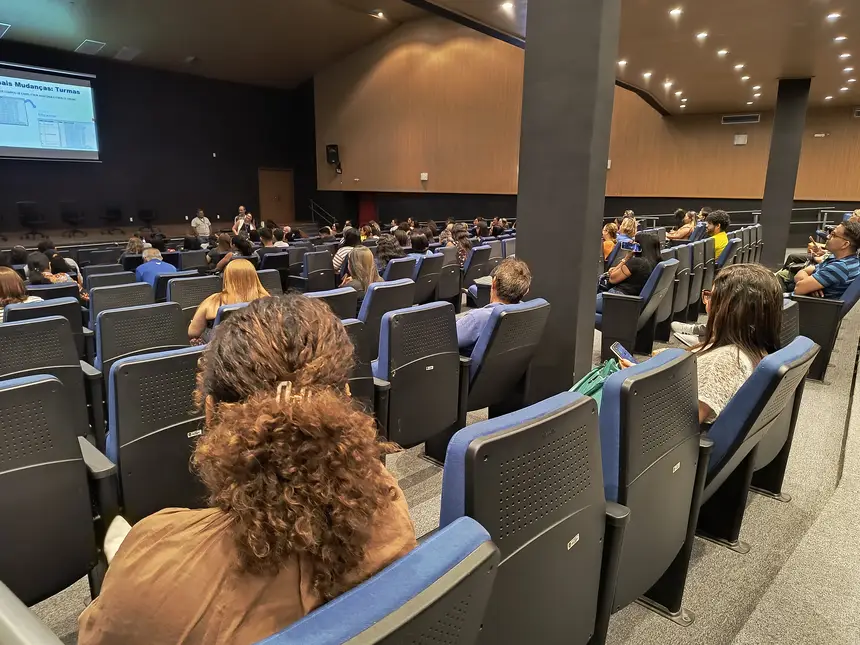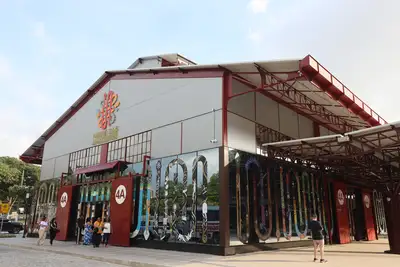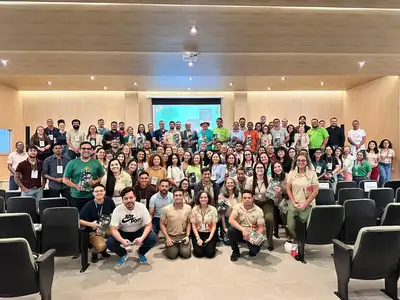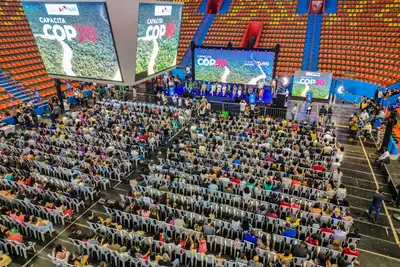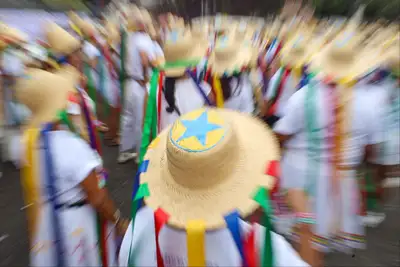Seduc begins a cycle of guidance for private school managers on Census 2025
The goal is to ensure the correct filling of data and the identification of inequalities for better planning of educational public policies

The State Department of Education (Seduc) started, this Tuesday, the 3rd, the guidance to assist in the correct filling of the School Census 2025, the main statistical survey of basic education in the country. The target audience was the managers of private educational institutions located in the metropolitan region of Belém. The guidance took place in the auditorium of the Secretary's office in Belém.
“We currently have an adherence rate of around 85%, the ideal is that we have 100% of private schools declaring the school census, and it is important that schools declare their data so that we can have a real and accurate picture of the educational reality of the State, not only considering the public network but also the private network. With the data, we can verify the possibility of expanding the offer of the private network and in which municipality this is necessary. These are data that support and facilitate access to public policies offered by the federal government,” emphasized the state coordinator of enrollment and School Census of Seduc, Evandro Paiva.
In 2024, 34% of students in Pará did not have the race/color information declared; with the guidance, the goal is for all students to have this data filled out this year.

For the pedagogical director of a private educational unit, Ana Cláudia Borba, the guidance is essential for them to fill in the data correctly and not harm the school life of young people.
“The guidance within the census is important for us because it is information at the national level. If we do not have the correct guidance, you end up harming the school life of this student over the years. So, it is very important that we, coordinators, school directors, are aligned with the Department of Education,” said the teacher from a private educational institution.
The guidance for private schools, conducted by the State Coordination of the School Census (Cemec), will take place until this Wednesday, the 4th, at the Seduc headquarters. On Thursday, the 5th, it will be the turn of the municipal schools in the metropolitan region. And next week, the coordination will visit the regional poles located in other municipalities of the State, aiming to improve the quality of the data declared in the Census by the schools.
“Today, we received part of the private schools from the metropolitan region; tomorrow the guidance will continue for the other schools. Starting next week, we will guide the schools from the regional poles of the Department of Education,” concluded the coordinator of the School Census of Seduc.
Census 2025 - The Basic Education School Census of 2025 is coordinated by the National Institute of Educational Studies and Research (Inep) and is carried out in collaboration between state and municipal education departments, with the participation of all public and private schools in the country.
The data supports the Ministry of Education (MEC) in defining educational public policies and the transfer of financial resources to the federative units and municipalities for the payment of teachers, school meals, school transportation, and others.
For the State, the Census data contributes to monitoring important public policies developed by the Government of Pará, through Seduc, such as Bora Estudar, State School Transportation Program (PETE), State School Feeding Program (PEAE), Money in the Pará School Program (PRODEP), Server Bonus Program for achieving goals in IDEB, ICMS Education share, measured by the Educational Quality Index (IQE), and others.
Stages - The survey will be conducted through the Educacenso System, a digital platform that allows the submission, verification, and correction of data by schools, municipalities, and States, and has a declarative nature and is organized into two stages. The first consists of filling out the Initial Enrollment, which started on May 28 and will run until July 31, when information will be collected about educational institutions, managers, classes, students, and school professionals in the classroom.
The second stage of the survey provides for the collection of information about the “Student Situation,” when schools report data on the movement and academic performance of students at the end of the school year.


